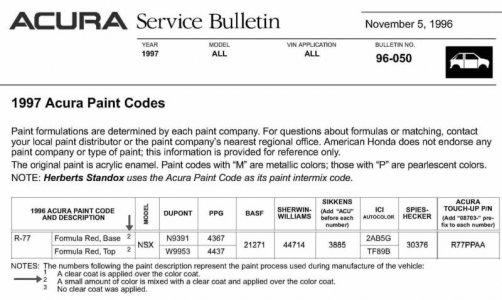Matching a red paint on plastic and metal is quiet a challenge.
Any dead panel matching is a challenge but metal to metal, plastic to plastic, plastic to metal it really is all the same.
If the substrates are adequately covered all you are seeing is the color.
The notion that rubber/plastic bumper covers and metal parts can't match because of the quality of the underlying material ie., fiberglass, steel, aluminum, plastic, is a popular myth.
Think of it like a blanket. If the blanket is such that you can't see through it, the color is the same regardless of what lies beneath.
If they use a color-spectrometer and compare the color it should have (I give them a fender with the right color for comparison) and the 'new' painting they do it shouldn't go wrong, no?
Possibly. The photo spectrometers available for the field in the collision paint industry are only about 75% accurate. It's a good tool to start with.
If you gave them an example of the adjacent color they have what need need if they are capable of seeing and properly identifying the deficiencies or over-saturations of the tints within.
This assumes that the brand of paint they are using provides the tints need to correctly move the color.
On your red, they should be OK. I'll be dollars to dough-nuts that if your fender on the right is the OEM color, it is tri-stage red and the non OEM fender color, the left one is two stage. Make sure they use the Tri-Stage method on your Formula Red car.
As for your avatar, the only way I get a woman that young to sit with me is if it is my daughter.:smile:
Last edited:





